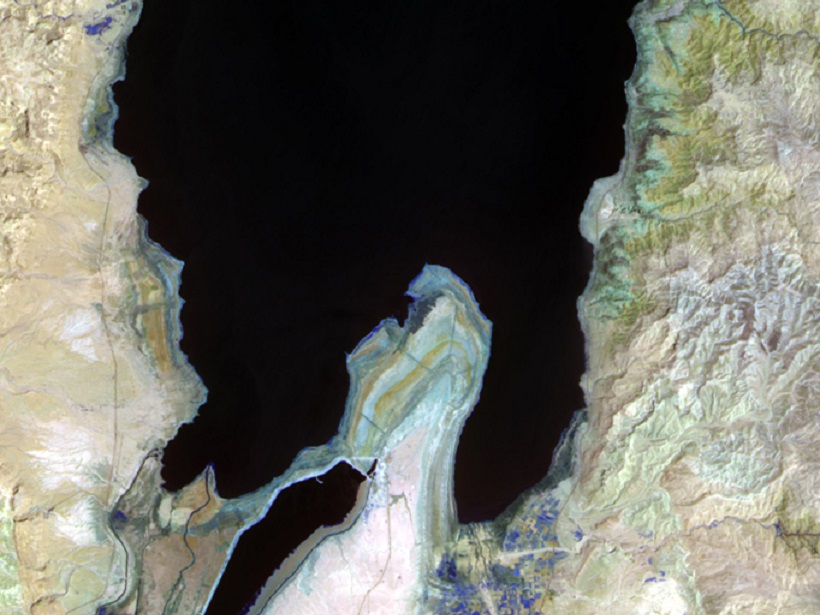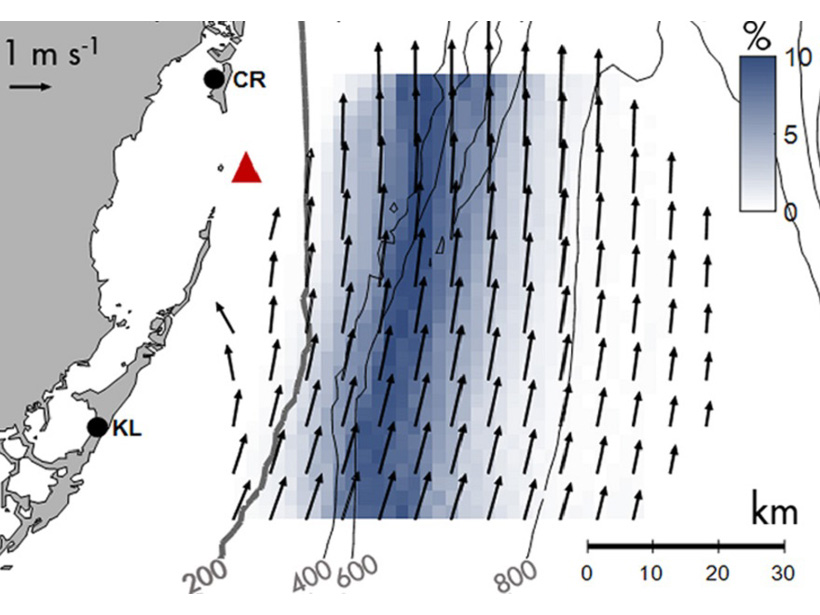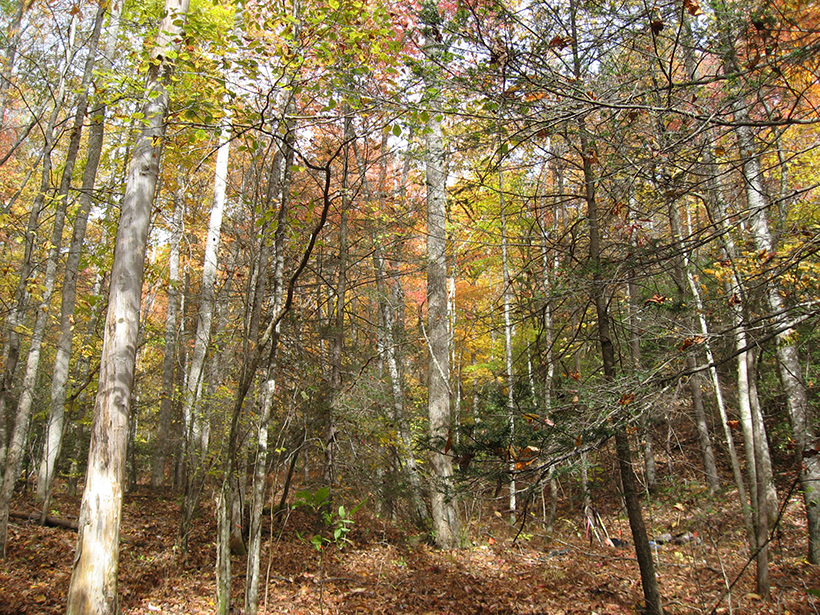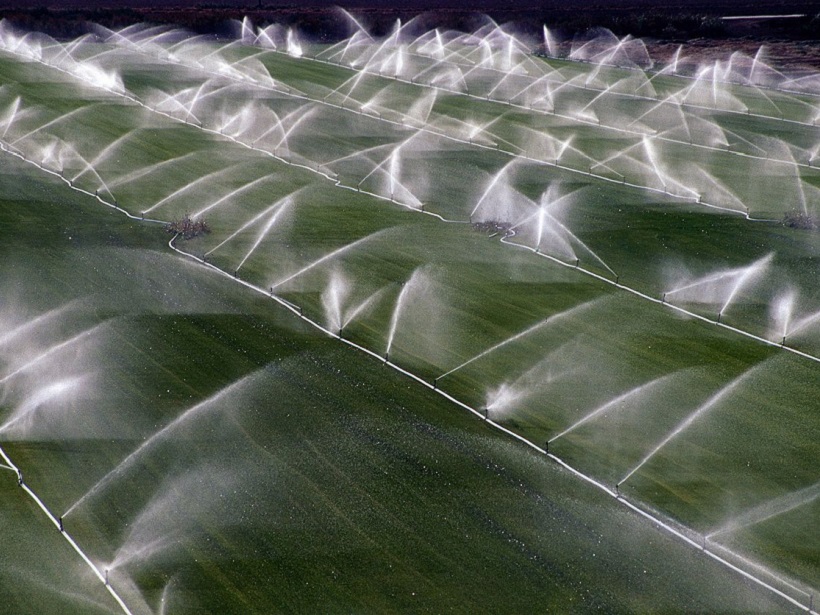Satellite-based optical sensors can detect, measure and monitor changes in lakes, reservoirs, rivers and wetlands, providing useful data with multiple applications for science and society.
CC BY-NC-ND 2018
The Kepler Revolution
The Kepler Space Telescope will soon run out of fuel and end its mission. Here are nine fundamental discoveries about planets aided by Kepler in the 9 years since its launch.
How Jupiter’s Icy Moons Got Their Bands and Grooves
Europa’s churning ice crust could reveal signs of ocean life, new study suggests.
Energetics of Western Boundary Current Surface Flows Are Similar
Despite different wind forcing and air-sea heating conditions, the surface layer energetics of two Western Boundary Current systems in different ocean basins are surprisingly similar.
Two Active Volcanoes in Japan May Share a Magma Source
Evidence collected following the 2011 eruption of Japan’s Shinmoedake volcano suggests that the powerful event affected the behavior of an active caldera nearby.
2018 AGU Section Awardees and Named Lecturers
The 75 distinguished scientists listed here received accolades from groups representing their disciplines within AGU, the world’s largest Earth and space science society.
Insect Infestations Alter Forest Carbon Cycle
A hemlock woolly adelgid outbreak in southern Appalachia prompted a transformation in where the forest stores carbon.
Just How Anomalous Is the Vast Baltic Sea Dead Zone?
Newly drilled cores from the Baltic Sea reveal 1,500 years of deoxygenation history. The record sheds light on the dire state of the Baltic Sea today.
The Challenges of Meeting Future Food, Energy, and Water Needs
The inherent interlinkages between food, energy, and water systems present both challenges and opportunities for a more sustainable future on Planet Earth.
Edward L. Chupp (1927–2017)
This pioneer in high-energy solar physics devised instruments for observing solar and cosmic ray emissions with which he detected, for the first time, nuclear gamma rays from solar flares.










